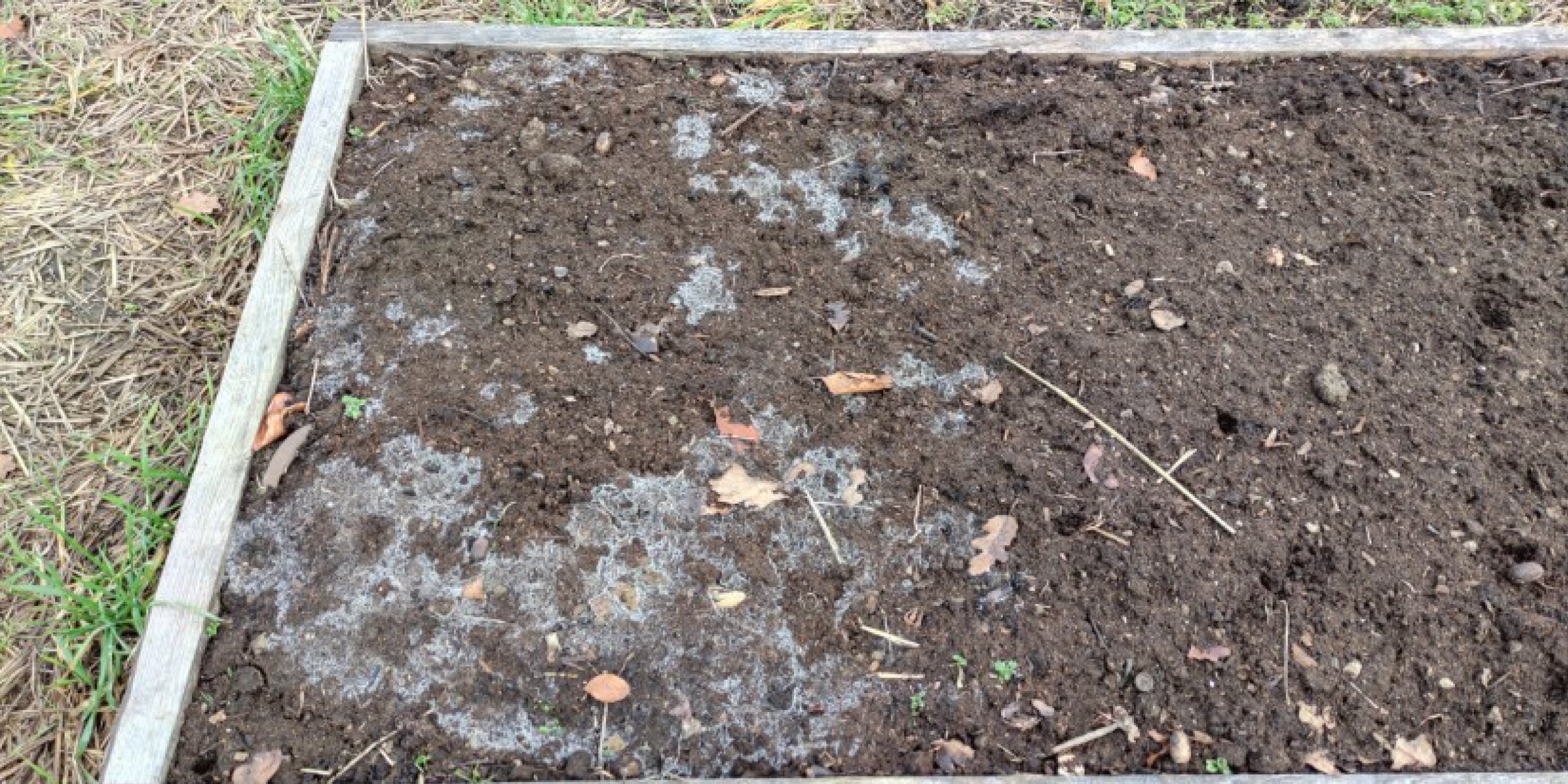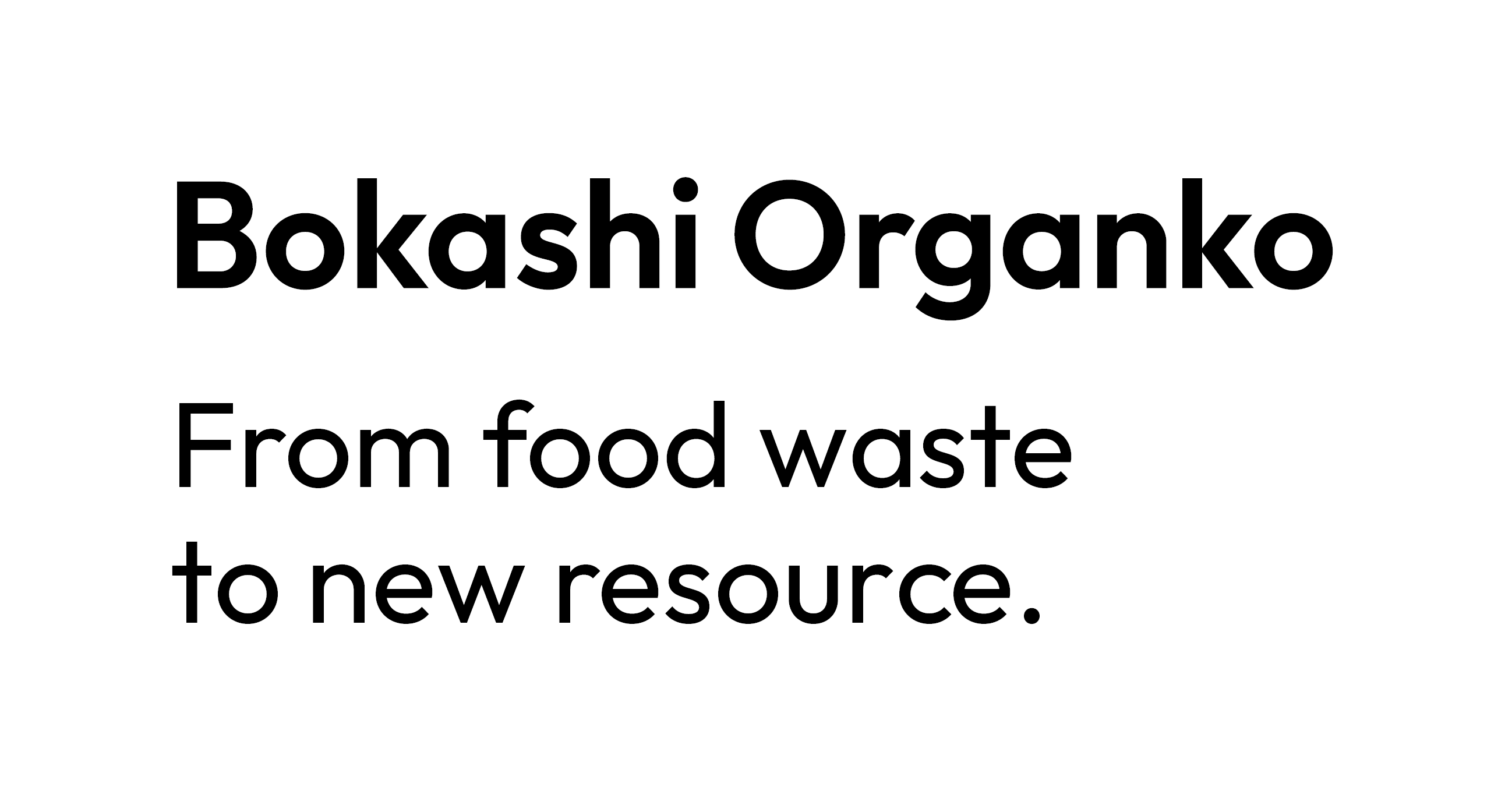Are you dealing with white mold in compost? Before we move on, let us tell you right away that it is nothing to panic about. Luckily, this kind of mold is beneficial and a rather normal part of the fermentation process.
In today’s article, you will learn all the basics of white mold in compost. Why does it appear? What is its purpose? Can you prevent it? These are just some of the questions we will answer as we move forward.
Since many customers ask about white mold in the compost bin ‘Bokashi Organko,’ we will focus our attention on the latter. By the way, in case you are not familiar with Bokashi Organko, let us tell you that this is an awesome 4-in-1 in-home composting solution. It helps you reduce the amount of organic waste and helps you ensure that your biowaste stays in the loop. Moreover, you should keep in mind that the same white mold can also appear in any other type of compost pile.

Why Is White mold in compost No Reason to Panic?
As mentioned right at the beginning of the article, white mold in compost is nothing to worry about. It is something that commonly appears in Bokashi Organko and it is actually a beneficial type of mold. However, it is not something that is always present in the compost; the material inside the compost and the conditions determine whether or not white mold will appear.
Common Changes During the Fermentation Process
Since Bokashi Organko is normally located in users’ kitchens, you get to see its content (if you want to peek inside) every time you open it to add more organic waste. As such, you get to view the process of fermentation up close. Thus, you can notice all the common changes that take place. This includes a decreased volume of waste, softening of the material, discoloration of the organic material, and formulation of a sweet-sour smell. In addition, the fermentation liquid accumulates at the bottom of the bin.
The above changes are always present during the fermentation process. And while white mold in compost may not be forming in all conditions, it is still relatively common. Moreover, it is also an indication of the process moving along properly.
Why Does White Mold Appear in Compost?
Fermentation is just one of several decomposition methods. It occurs when there is no oxygen (to be exact, when O2 concentration is below 5 mg/l). Of course, for the process to be successful, there must be effective microorganisms (EM) present. For that reason, we add bran with effective microorganisms into the Bokashi Organko.
To understand white mold, it is important to note that mold is a special kind of fungi that appears in great numbers and forms a special kind of formation (hyphae) that we easily recognize. Moreover, you also need to know that fungi are one of the most important organisms that enable the decomposition process of organic material. As such, white mold is ‘one of the good guys’ in the whole fermentation process. However, it is not always present; it only appears when certain conditions are met (more on that below).
Furthermore, we do not remove white mold when it appears. A fermenting mass is not compromised when there is white mold present. In case there is still enough room in the bin, we simply add more organic waste. On the other hand, if the bin is full we empty the mass with white mold on the larger outdoor composting pile or bury it in the garden soil. There it will continue its process of decomposition.
What Conditions Determine Whether or Not White Mold Appears in Compost?
The exact conditions in the Bokashi Organko bin will determine whether or not white mold will appear. As a rule of thumb, here are factors that contribute to the growth of this beneficial fungi:
- A greater amount of carbon-rich materials (higher C:N ratio).
- Lower moisture levels.
- When the composter is filling up slowly.
- When there is a higher concentration of air in the composter.
With these simple guidelines, you may avoid being surprised to see white mold forming in your compost. But luckily, you also know that it is nothing to worry about.
If, for some reason, you still find white mold in composting bothersome, there is a simple solution. Just take a piece of thick paper and put it on top of the waste covered with bokashi bran.

White Mold on The Garden Beam
If there is a white mold in the compost and if that compost is spread across the garden beam, there will obviously be white mold there as well. However, in many instances, there are no signs of white mold in the compost mix but a day after the compost is applied to the garden beam, the white mold appears.
Again, this occurrence is completely natural and nothing to worry about. This is just a result of the continuation of the decomposition process. However, in a short while, the white mold disappears as the decomposition process enters the stage, in which mold is no longer active. The same principles apply when the content from Bokashi Organko is disposed of on a larger composting pile.
White mold in compost - Summary
We’ve covered all the basics regarding the white mold in compost. At this point, you should be well informed and ready for your composting efforts. Essentially, the only thing you need to keep in mind is that white mold in compost is nothing to worry about. It is a natural and beneficial part of the process. Moreover, several factors determine whether or not it appears, so it may or may not start to form in your compost.
With that said, the next time you see white mold in compost, do not stress about it at all. Simply welcome it with open arms and let it do its thing.
Enjoy your composting!


